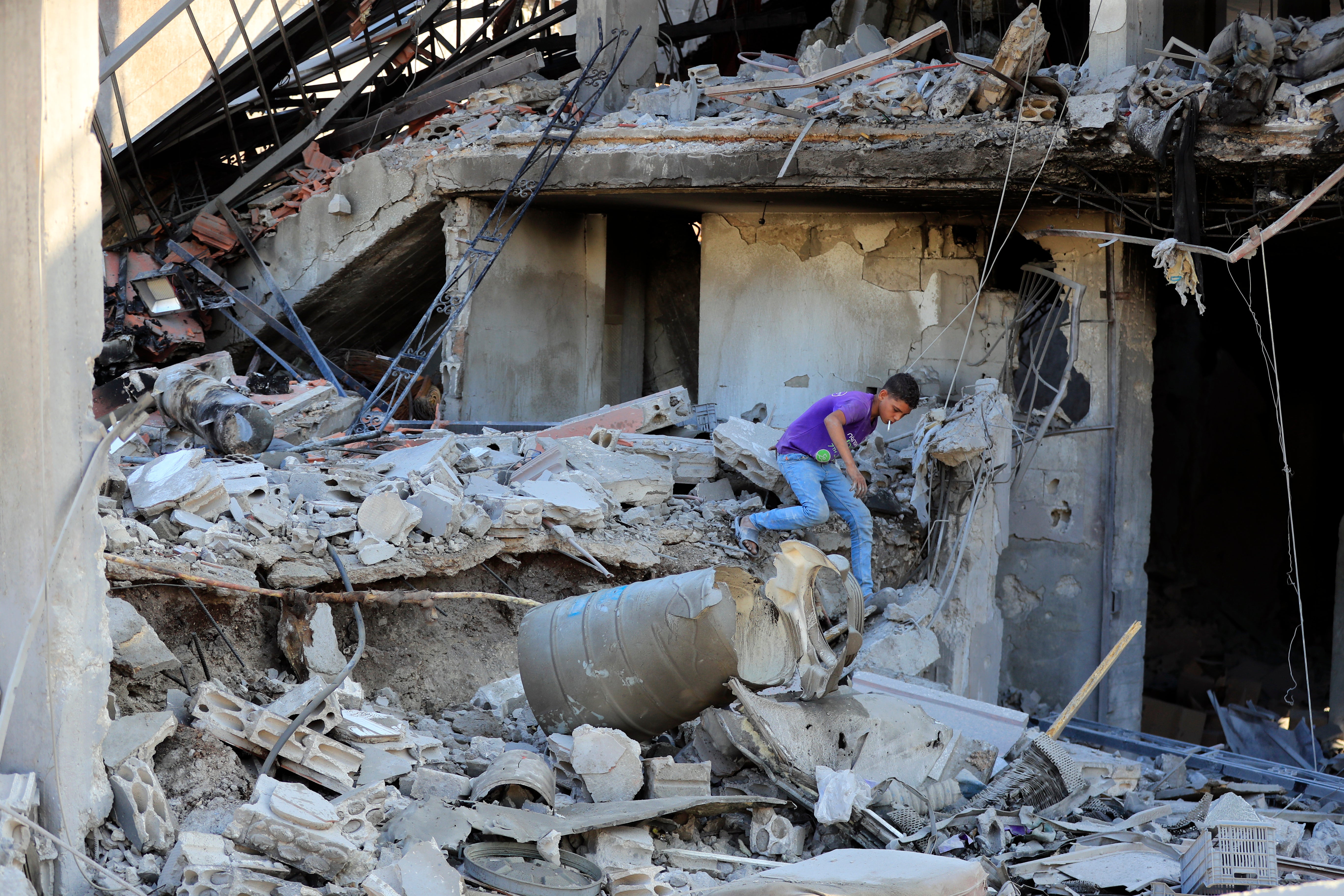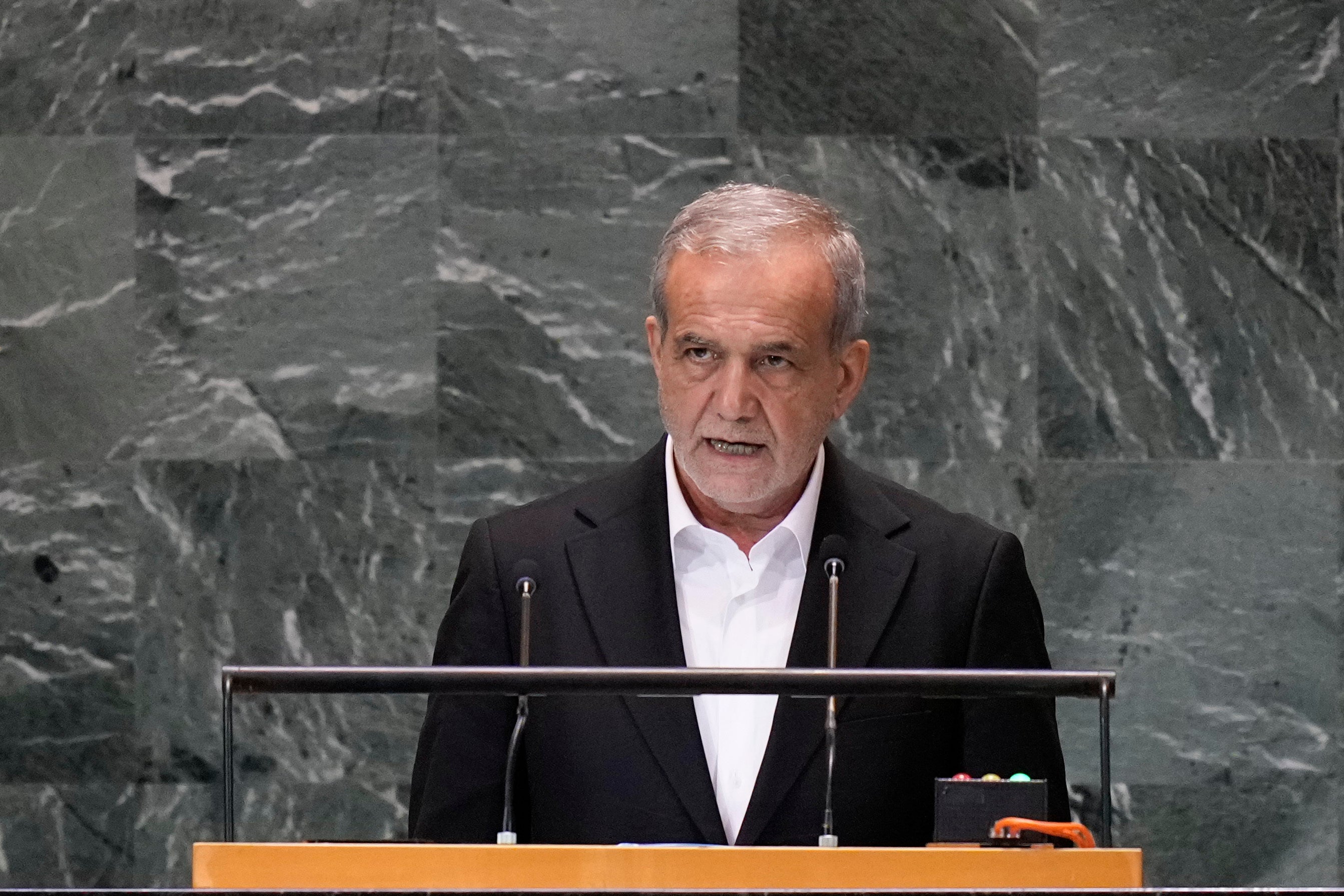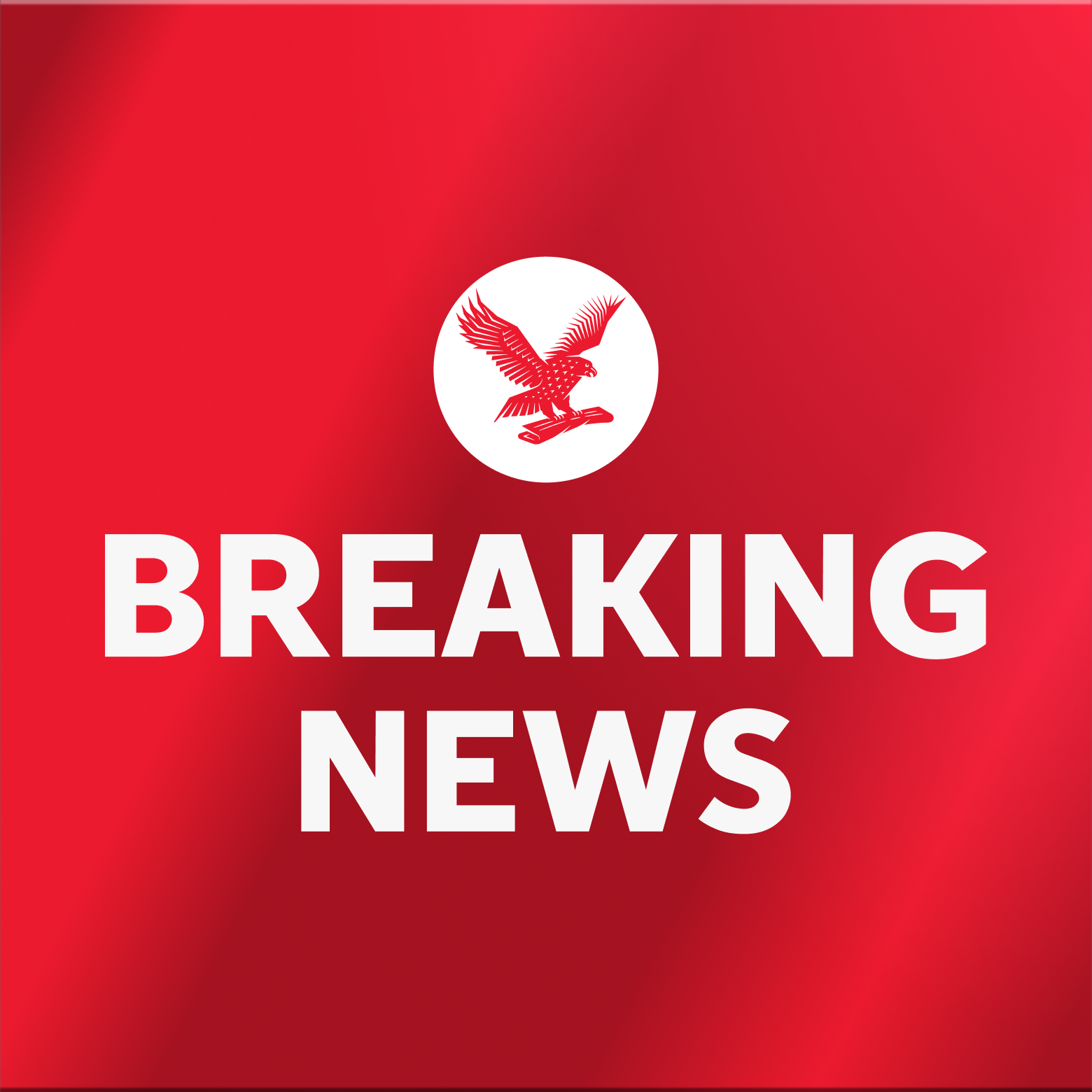Fears of an all-out war between Israel and Hezbollah are growing, with the Israeli military launching fresh strikes on Lebanon after the deadliest day for the country since at least 2006.
A rapid escalation has taken place following a series of exploding device attacks last week, in which pagers and walkie talkies blew up around Lebanon. Hezbollah has blamed Israel for the attack. Israel has not commented.
Fifty children are among the 558 dead so far this week following Israeli strikes on Lebanon.
The Independent takes a look at the recent timeline of the conflict between Israel and Hezbollah, which is backed by Iran and an ally of Hamas in Gaza.
8 October: Strikes begin
After the act of terror by Hamas inside Israel which killed around 1,200 people – and saw another 250 taken hostage into Gaza – on 7 October, Hezbollah fired rockets into the Shebaa Farms region, an area in the Israeli-occupied Golan Heights near the Lebanese-Syrian border. Hezbollah say they will not stop until there is a ceasefire in Gaza, with health officials in the strip saying more than 41,000 people have been killed there in the Israeli air and ground assault that has followed the Hamas attack.
Strikes intensified over the next few days across the Lebanon-Israel border.
Since October, more than 100,000 Lebanese citizens and 60,000 Israelis have been forced from their homes near the border.
More than 1,000 people from Lebanon have been killed by Israeli strikes since 8 October, according to the Lebanese health ministry.
13 October: Israeli strike kills Reuters journalist
As a group of Reuters, AFP and Al Jazeera journalists transmitted a video feed of a northern-Israel mil outpost, they were hit in a strike.
Reuters photojournalist Issam Abdallah was killed, while six other journalists were injured.
The United Nations Interim Force in Lebanon concluded in February 2024 that there had been no exchange of fire between Lebanon and Israel in the 40 minutes before an Israeli tank fired. Amnesty and Human Rights Watch (HRW) said investigations showed the journalists were probably fired on deliberately by an Israeli tank crew. Israel denies targeting the reporters.
October to November: Conflict intensifies
Shells and rockets continued to be fired across the Blue Line – the line of withdrawal between Israel and Lebanon.

Hezbollah deputy chief Sheikh Naim Qassem had previously said that “when time comes for any action, we will carry it out”.
On 24 October the Israeli military targeted Syria for the first time, when it hit two military positions in the southwest of the country.
Late November: Temporary ceasefire
As Hamas and Israel called what would turn into a week-long truce in the fighting to release hostages in Gaza for Palestinians held in Israeli jail, Hezbollah said it would also respect the ceasefire.
Both Hezbollah and the Israeli military briefly halted military operations and a number of displaced people returned home.
But the de facto ceasefire lasted just a day after Hezbollah fired a rocket at an Israeli drone on 28 October, prompting Israeli shelling in Lebanon.

January to March 2024: Israel assassinates Hezbollah and Hamas commanders
Saleh al-Arouri, the deputy chairman of the Hamas political bureau, was killed by an Israeli strike in Beirut on 2 January, alongside six other members.
Wissam al-Tawil, Ali Hussein Barji, Abbas al-Dabs were three of a number of Hezbollah commanders assassinated over the next months.
Hadi Ali Mustafa, the leader of Hamas’ forces in Lebanon and Ali Abed Akhsan Naim, the deputy commander of Hezbollah’s rocket and missiles unit were both killed in March.
April 2024: Israel strikes Iranian consulate in Syria
On 1 April, Israel struck the Iranian embassy in Damascus, Syria.
The strike killed eight people including Mohammad Reza Zahedi, a senior commander in Iran’s Revolutionary Guard Corps (IRGC).
Hezbollah, the IRGC and the Houthis of Yemen – also backed by Tehran – launched a series of strikes into Israel in response. It included hundreds of drones and rockets, the vast majority shot out of the sky by Israel and its allies in the region and the West.
The embassy strike came just days after Israel’s deadliest strike on Syria for three years, which killed 38 Syrian soldiers, seven Hezbollah fighters and seven others at Aleppo International Airport.

September 2024: Pager attack and intense airstrikes
On 17 September 17, thousands of pagers belonging to Hezbollah members exploded.
At least 12 people including three civilians have been killed as a result of the attack, with around 2,750 wounded.
The next day, at least 25 were killed and hundreds of others injured when walkie-talkies exploded across Lebanon.
This has prompted a major escalation in the conflict.
Since the heaviest round of Israeli strikes in nearly two decades – the last Israel-Hezbollah war in 2006 – began on 23 September, 558 people including 50 children in Lebanon have been killed, with thousands fleeing their homes.








